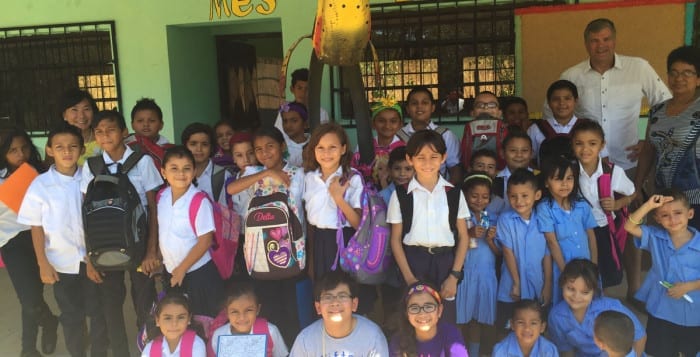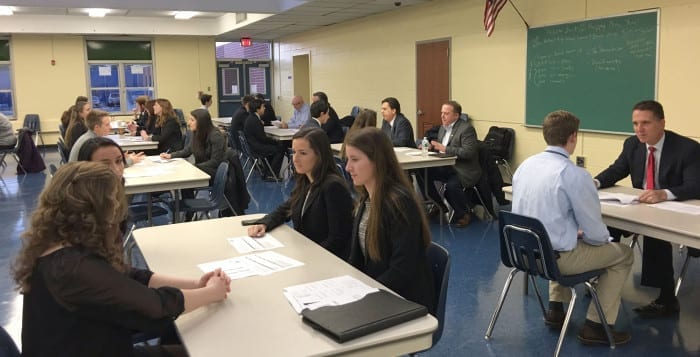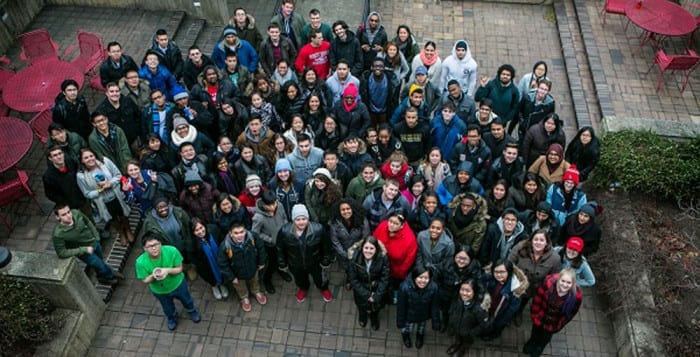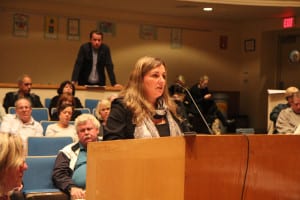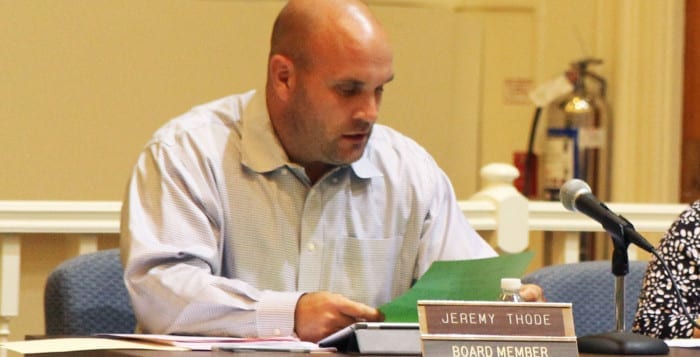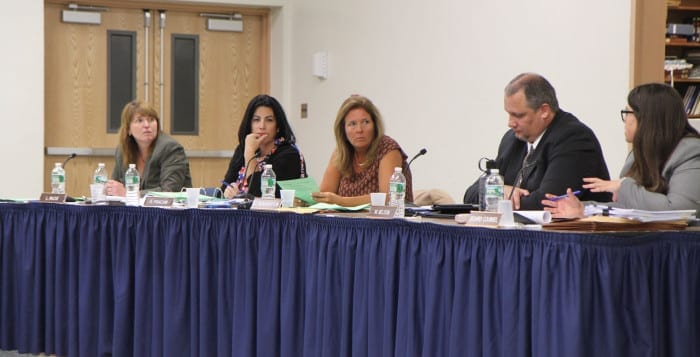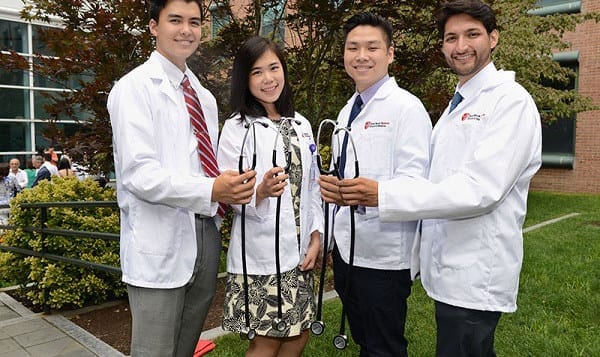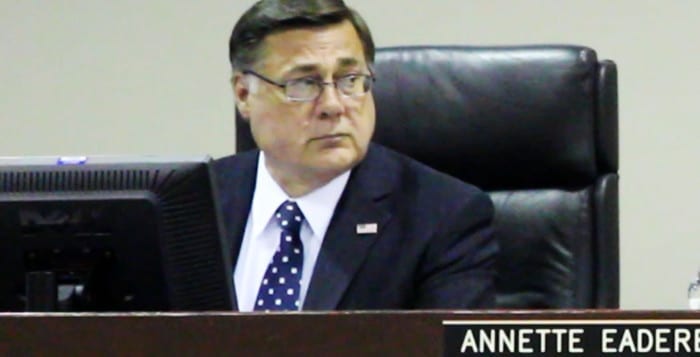Two kids from Fort Salonga are focused on giving back.
The Manfuso siblings, 12-year-old T.J. and 11-year-old Isabella, are credited as the founders of Gifted Hearts, a 501(c)(3) charity that provides medical care packages and school supplies to children in need, both locally and internationally.
Their website described it as an organization founded “by kids, for kids,” and the kids have been clearly steering the ship.
T.J. and Bella invited their friends to partake in packing parties throughout the year, where all the care packages Gifted Hearts donates to needy children are gathered and assembled. T.J. said there are usually about 20 friends helping out at these parties.

“The packaging parties are a lot of fun,” Bella said in a phone interview. T.J. added that it was most fun to be able to have a party while also helping people.
Recently, Gifted Hearts had a packing party at Ben & Jerry’s in Huntington Village, where Suffolk County Legislator William “Doc” Spencer (D-Centerport) also paid a visit.
“I was so impressed with the giving hearts, vision and organization of these young people,” Spencer said in a statement. “It’s inspiring to see them taking the lead to provide for the needs of other children throughout the world.”
Parents Charlotte Rhee and Paul Manfuso have been taking their kids on adventures with them around the world since they were about 5 years old, and they said the kids were always encouraged to learn and give back to the places they visit.
“We want our kids to see that traveling isn’t just about ourselves,” Manfuso said in a phone interview. “We want to promote giving back to where we go and making connections with the kids they see, so we don’t just drop off supplies and go.”
The family has traveled to Ecuador, Costa Rica and more, stopping at schools to meet students T.J. and Isabella’s age and hand out school and medical supplies and backpacks.
“My favorite part is to see the smiles on everyone’s faces when we deliver the packages,” Bella said.
T.J. said he loves learning new things when he travels to these places and seeing how other people live.
“I’ve found it so different; people over there are less fortunate than us, but they are very happy,” he said in a phone interview. “It’s a different way than how we live, but they’re totally happy with it.”

Rhee said Gifted Hearts is also community-oriented, and the kids like to focus on helping their neighbors as much children abroad.
“There are so many needy kids in our own backyard,” Rhee said. “You don’t always need to go to other countries.”
Gifted Hearts donated winter coats, boots and Christmas gifts during the holidays this past year, which they gave to the Junior Welfare League of Huntington Inc.
Right now, the family is personally funding all the donations they give to children at home and overseas, however they said they are hoping to start organizing fundraising events in the near future.
T.J. said his future sights are also set on Bhutan, a country in South Asia. He said he and his family hope to travel there soon with supplies.
“They are really motivated and grateful for all they have,” Rhee said of her kids. “And their friends help out a great deal. They continue to help Gifted Hearts grow.”

